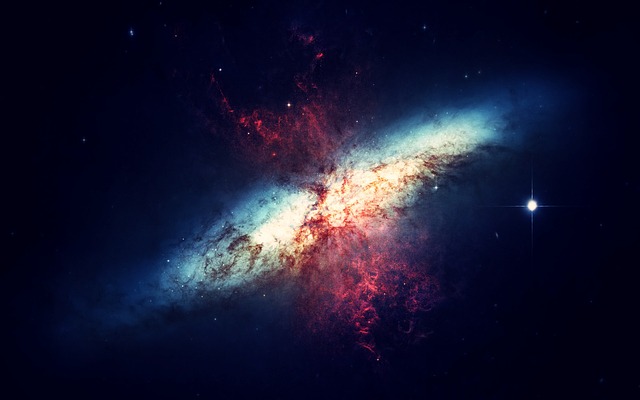
Chapter Overview
This chapter introduces the fascinating world of stars and the solar system. It covers the formation and life cycle of stars, the structure and components of our solar system, the movement of planets, and other astronomical phenomena such as eclipses and meteor showers. The chapter also discusses the methods used to study these celestial bodies and their significance in understanding the universe.
Important Keywords
- Stars: Luminous celestial bodies made of plasma that generate energy through nuclear fusion.
- Solar System: The collection of the Sun, planets, moons, asteroids, comets, and other celestial objects bound by gravity.
- Planets: Celestial bodies that orbit the Sun and have cleared their orbit of other debris.
- Galaxy: A system of stars, stellar remnants, interstellar gas, dust, and dark matter, such as the Milky Way.
- Nebula: A cloud of gas and dust in space, often serving as the birthplace of stars.
- Orbit: The curved path of a celestial object around a star, planet, or moon.
- Gravity: The force that attracts two bodies toward each other, governing the motions of celestial objects.
- Light Year: The distance that light travels in one year, used to measure astronomical distances.
